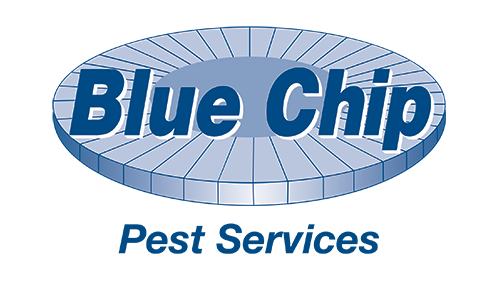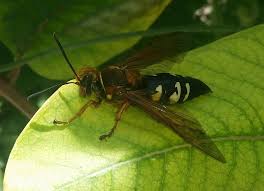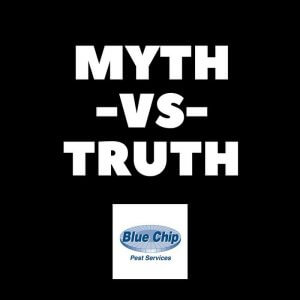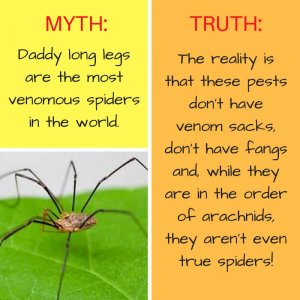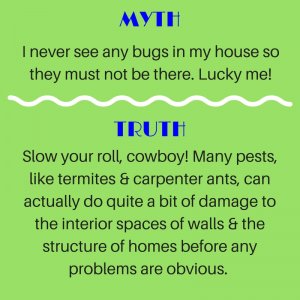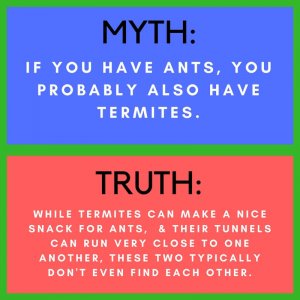
Let’s put this to a vote: The Missouri Botanical Garden recently opened up registration for a new class called “Adventures in Cooking: Learn to Cook Insects.” (This is not a joke! I repeat, this is really not a joke!)
In this class, participants will be able to sample real, edible insects cooked right in front of them. The menu includes chocolate “chirp” cookies, deep-fried BBQ wax worms, sautéed crickets and other seasonal selections…whatever that means! 🙂 Added bonus: Participants will be sent home with packages of roasted crickets and cricket powder along with recipes to try them in.
Time to cast your vote. Are you on Team Yum or Team Nope?
